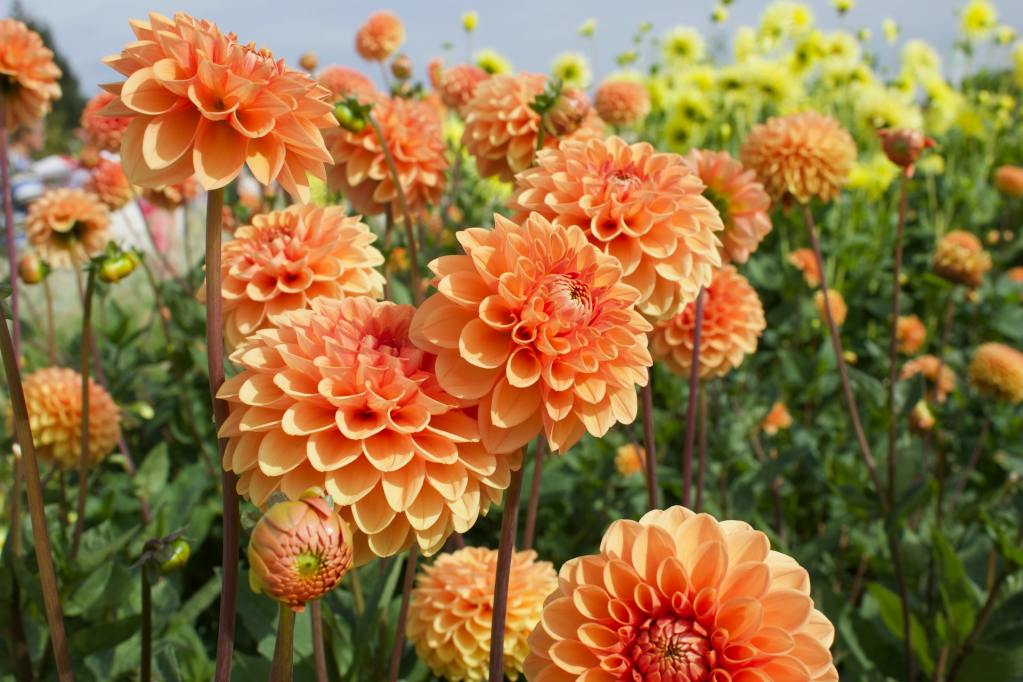When you’re planning a flower garden, it’s important to know which plants you can expect to come back next year and which will need to be replanted or replaced. While some plants are easy to identify as either perennials or annuals, others are a little harder to pin down. Dahlias are one such plant, with many gardeners unsure what to expect of these beautiful flowers. If you’ve been asking yourself, “Are dahlias perennials?” then you’ll be glad to know that we have the answer!
Are dahlias perennials?

Dahlias are perennials, but they’re a special kind of perennial. They are tender perennials, which means they will come back year after year, but only if they’re kept warm through winter. Tender perennials are typically from tropical or near-tropical regions, where the weather is warm all year long, and dahlias are no exception. Dahlias are native to Central America, where the weather is hot for most of the year.
Like all tender perennials, dahlias are sensitive to the cold and can be severely damaged or killed by snow and frost. So, while they can grow as perennials in warmer regions, they are often grown as annuals in colder places. Dahlias are hardy and can grow as perennials in USDA zones 8, 9, and 10. This encompasses the most southern states and part of the West Coast. North of zone 8, dahlias will either need special winter care or grow as annuals.
Can you keep dahlias alive over winter?

If you don’t live in one of the hardy zones where dahlias can grow as perennials, but you don’t want to replace your dahlias every year, there are a few things you can do to keep your dahlias alive over winter. Dahlias should be cut back in the fall, so you don’t need to worry about keeping the foliage and stems warm. Focus on keeping the roots of the plant warm, instead.
If you live just north of zone 8, you can keep your dahlias warm with a thick layer of mulch. Any type of mulch will work, provided your dahlias can grow through it in spring. If you have plenty of trees in your yard, consider using the fallen leaves to make leaf mulch. This will keep your dahlias warm and add nutrients to the soil as the leaves break down.
In more northern areas, mulch may not be enough. Moving your dahlias indoors may be your best option. This is easier for you and your dahlias if the dahlias are already growing in containers, so consider starting out with potted dahlias if you live north of zone 7.
Indoor dahlia care

If you’re only bringing your dahlia in during winter, then all you really need to do is place the container somewhere warm and relatively dry. During winter, when dahlias are dormant, they need little water or light. Place your dahlia away from drafts and air vents and wait for spring.
If you’re keeping your dahlia indoors all year long, then your priority should be light. Water your dahlia just like you would if it were outside, so the soil is consistently moist but not soggy. Place your dahlia in full sun or use artificial light to supplement the natural sunlight.
No matter where you live, dahlias can make a gorgeous addition to your garden, even if it’s only for a season or two. Now that you understand what to expect from these tender perennials, you can decide how you want to grow them. You can try to keep them warm through winter to grow them as perennials or let nature take its course and grow them as annuals. Either way, you’ll love these flowers while you have them.




